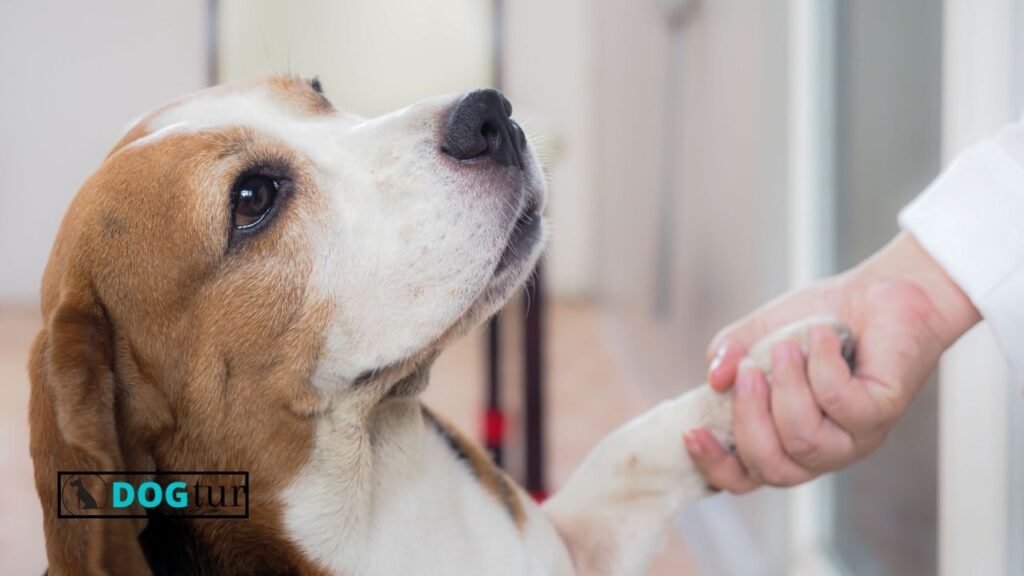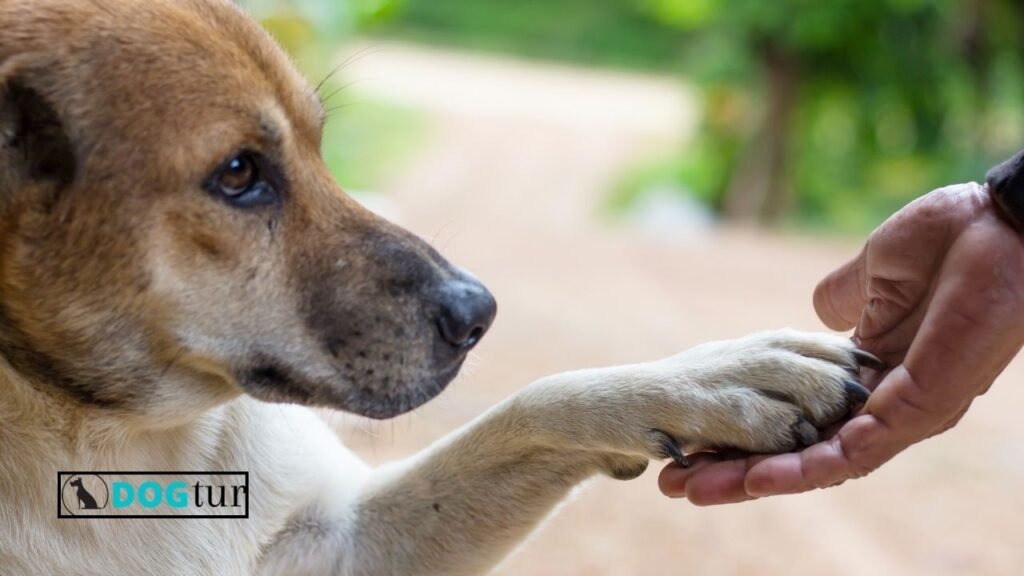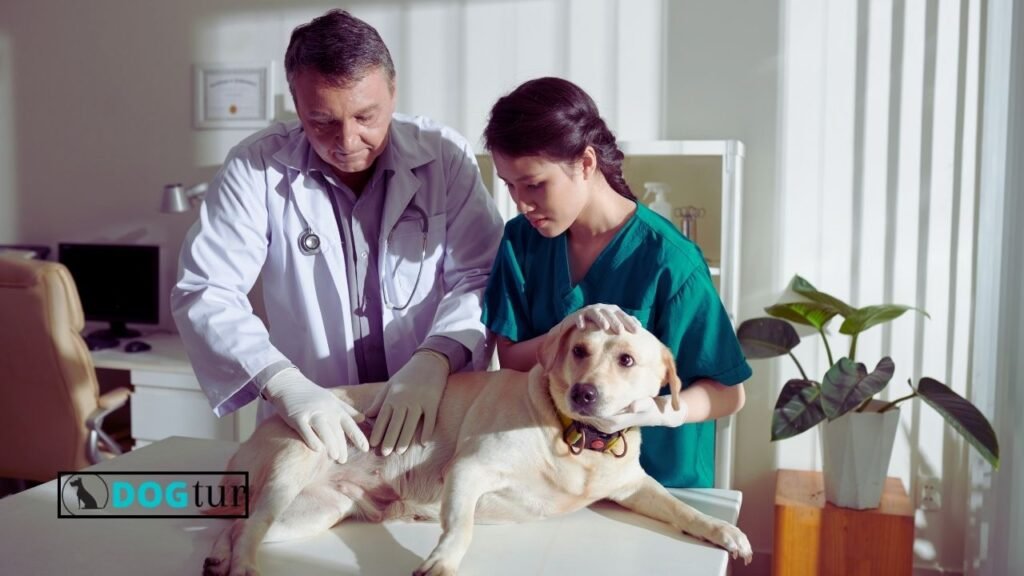Have you ever watched a dog perform a perfect shake and thought, “I wish my pup could do that!”? Teaching your furry friend to shake paws can be a delightful experience that not only impresses your friends but also strengthens the bond between you and your canine companion.
Training a dog can seem daunting, but it doesn’t have to be. With countless tricks and commands out there, you might wonder which ones to focus on first. Teaching your dog to shake is not only fun, but it also serves as a foundation for more complex commands in the future. Plus, it’s a fantastic way to engage your dog’s mind while reinforcing positive behavior.
Like any training endeavor, teaching a dog to shake requires patience, consistency, and the right approach. Whether you’re a seasoned dog owner or a first-time pup parent, you’ll want a clear roadmap to navigate this process. In this article, we will guide you through effective strategies and tips to successfully teach your dog to shake, turning this charming trick into a delightful reality. Get ready to enjoy some wagging tails and happy barks!

How to Teach a Dog to Shake?
Teaching a dog to shake is a fun and straightforward process that can strengthen the bond between you and your pet. Start by having your dog sit in front of you, and then hold a treat in your hand, keeping it just above their paw. Encourage your dog to lift their paw to reach for the treat by gently tapping or lifting their paw with your hand.
Once they do, praise them enthusiastically and give them the treat. Repeat this process several times until your dog begins to associate the action with the command “shake.” Gradually introduce the verbal cue into the training, saying “shake” just before you present your hand. With patience, consistency, and positive reinforcement, your dog will learn this charming trick and enjoy the interactive experience.
- Hold your dog’s head with one hand
- Move your free hand to his tail and hold it gently but firmly
- With the other arm, pull back on his paw until you feel a give in the skin
- Now grab an ear between your thumb and forefinger to gently move it up and down
- When you feel that the muscle is just at its limit, tell them “shake” which will increase tension
- Praise him when he pulls his paw back when given a cue like “shake” and looks at you with a wagging tail
- Repeat steps 1-6 until your dog shakes hands with you whenever you present them
- If the muscle is very strong try to teach them to shake hands on command “shake”, praise him, give a treat and then reward him for the correct behavior
- To get rid of their fear of being “manipulated” they need curb excitement so after their first successful “shake” when they don’t want to shake harder anymore drop your hand and say “no” which will become a negative reinforcement that will not reinforce them in shaking harder next time
- Do the above steps for the other front paw
- No one likes to be grabbed on the tail but dogs will get used to it since you are their pack leader
- When your dog is already doing well, you can mix up commands with different paws like “shake” or “give me a paw” this way he will have to think a bit and the first paw that moves in either command becomes his dominant paw for shaking hands
- After patting you on your shoulder, your dog should now really want to shake with you
- Try it with some friends of yours who have dogs so they can help praise successfully shaking dogs and share their food rewards
Should I teach my dog shake or paw?
Whether to teach your dog “shake” or “paw” often comes down to personal preference, as both commands essentially instruct your dog to offer their paw in a similar manner. However, “shake” tends to be more commonly used and recognized, providing an enjoyable and engaging way to connect with your dog, while “paw” might feel more intuitive for some owners.
Additionally, think about how each command might resonate with your dog’s personality; if they seem more responsive to one term, that might be the better choice. Ultimately, regardless of which command you choose, consistency and positive reinforcement will ensure your dog learns the trick effectively, providing an enjoyable bonding experience for both of you.
What age can a dog learn shake?
Dogs can typically learn to shake as early as six to eight weeks of age. At this stage, they are particularly receptive to training, and their ability to learn new commands is heightened by their curiosity and eagerness to please. However, the exact age may vary depending on the individual dog’s temperament and previous training experiences.
Basic commands like shake are relatively simple and can be taught using positive reinforcement techniques, such as treats or praise, making it an enjoyable experience for both the dog and the owner. It’s important to remember that patience and consistency are key when teaching a dog any new trick, regardless of their age.

What is the easiest command to teach a dog?
The easiest command to teach a dog is typically “sit.” This command is a fundamental behavior that relies on the dog’s natural inclination to lower its body and can often be taught quickly with positive reinforcement techniques, such as treats or praise. The process begins by holding a treat close to the dog’s nose and then moving it upwards, causing the dog to instinctively lower its rear onto the ground.
Once the dog is in the sitting position, the owner can immediately reward the behavior with the treat and verbal praise. With consistent practice, most dogs can learn to sit on command in a short amount of time, making it one of the first commands often taught to new pets.
That’s it now your dog is able to shake hands, please be careful of the following things while training your dog for hand shakes
- The dog should not be too excited when you approach and say “shake” so he doesn’t jump up to give you a hug or bite
- Make sure your dog is excited but not to the point where he wants to run away after you say “shake”
- If your dog rubs his head on you, move your hand away so they get a clear cue to go back in place
- If the dog wants to lick their paws quickly after shaking hands, tell them “no” and if they comply give them a treat, praise and petting
Also teach the dog how to shake with a clicker:
Conclusion: Teaching Your Dog to Shake
In summary, teaching your dog to shake is a fun and rewarding experience for both of you. By following the simple steps outlined in this guide—using positive reinforcement, patience, and practice—you can help your furry friend learn this cute trick in no time.
Remember to keep training sessions short and enjoyable, and celebrate your dog’s successes, no matter how small. With consistency and love, you’ll have your dog shaking paws like a pro! So grab some treats, find a cozy spot, and start training today!
Read More:


